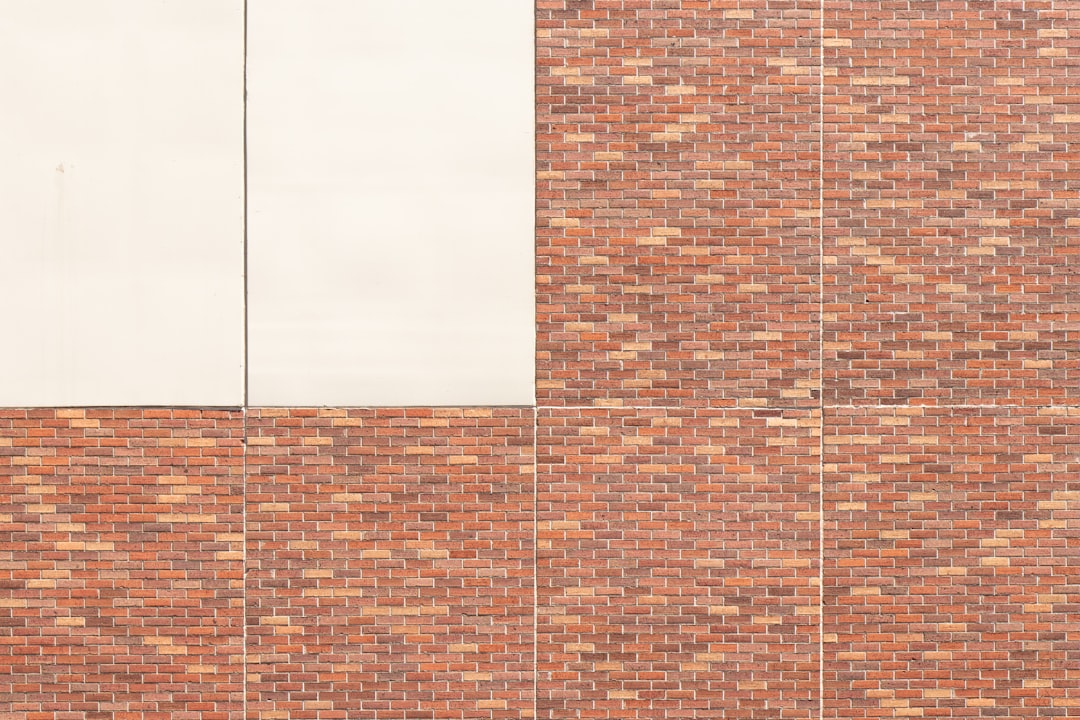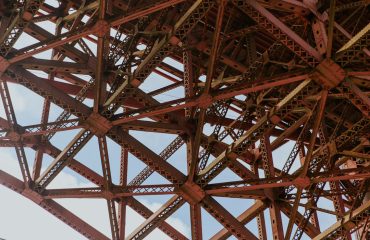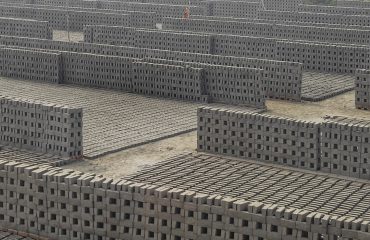Equal angle bars, also known as angle irons or L-bars, are versatile structural components with equal leg lengths, playing a crucial role in various industries. This comprehensive guide delves into their properties, applications, and selection process, equipping you with the knowledge to effectively utilize these essential building blocks.
Understanding the Properties of Equal Angle Bars
Equal angle bars are typically manufactured from steel, though other materials like aluminum and stainless steel are also available. Their defining characteristic is their “L” shape, with two legs of equal length meeting at a right angle. This geometry provides exceptional strength and rigidity, particularly when used in conjunction with other structural elements. Key properties influencing their selection include:
- Material Strength: The yield strength and tensile strength of the steel are critical factors determining the bar’s load-bearing capacity. Higher strength grades allow for smaller section sizes while maintaining structural integrity.
- Dimensions: Equal angle bars are available in a wide range of sizes, specified by the leg length and thickness. Choosing the appropriate size is crucial for meeting specific load requirements and design constraints.
- Surface Finish: Different surface finishes, such as hot-dipped galvanized or powder-coated, offer varying degrees of corrosion resistance, impacting their longevity and suitability for different environments.
- Weldability: Steel equal angle bars are readily weldable, allowing for easy integration into complex structures. The choice of welding process depends on the bar’s material and the required joint strength.
Diverse Applications of Equal Angle Bars in Construction
Equal angle bars are indispensable in construction, providing structural support and reinforcement in a multitude of applications. Their versatility stems from their ability to resist both tensile and compressive forces. Some common uses include:
- Framing and Support Structures: They form the backbone of many structures, providing support for walls, roofs, and floors. Their strength and rigidity make them suitable for both residential and commercial construction.
- Reinforcement in Concrete: Angle bars are embedded within concrete structures to enhance their tensile strength and prevent cracking, particularly in areas subjected to bending or shear stresses.
- Metal Fabrications: They are extensively used in metal fabrications, forming the basis of various components in machinery, equipment, and furniture. Their ability to be easily welded and shaped makes them ideal for custom designs.
- Guardrails and Fencing: Their strength and durability make them suitable for constructing sturdy guardrails and fences, providing safety and security.
- Staircase Construction: Equal angle bars play a vital role in creating strong and reliable staircase structures, providing support for treads and risers.
Manufacturing Process and Quality Control of Equal Angle Bars
The manufacturing process of equal angle bars typically involves hot-rolling steel billets into the desired “L” shape. This process involves several steps, including:
- Hot Rolling: Steel billets are heated to high temperatures and then passed through a series of rollers to shape them into the desired profile.
- Cooling and Straightening: After rolling, the bars are cooled and straightened to ensure dimensional accuracy and minimize warping.
- Cutting to Length: The bars are cut to the specified lengths using automated cutting machines.
- Surface Treatment (Optional): Depending on the application, the bars may undergo surface treatments such as hot-dip galvanizing or powder coating to enhance corrosion resistance.
- Quality Control: Rigorous quality control measures are implemented throughout the manufacturing process to ensure that the bars meet the required specifications and quality standards.
Advantages of Using Equal Angle Bars Over Other Structural Members
Equal angle bars offer several advantages over alternative structural members, making them a preferred choice in many applications:
- Cost-Effectiveness: They are relatively inexpensive compared to other structural shapes, making them a cost-effective solution for many projects.
- High Strength-to-Weight Ratio: They offer excellent strength and rigidity for their weight, making them ideal for applications where weight is a concern.
- Versatility: Their “L” shape allows for easy connection to other structural members, facilitating the construction of complex structures.
- Easy Fabrication: They are easily cut, drilled, and welded, simplifying the fabrication process.
- Wide Availability: They are readily available in various sizes and materials from numerous suppliers.
Selecting the Right Equal Angle Bar for Your Project
Selecting the appropriate equal angle bar requires careful consideration of several factors:
- Load Requirements: Determine the anticipated loads and stresses that the bar will be subjected to. This will dictate the required size and material strength.
- Environmental Conditions: Consider the environmental conditions, such as exposure to moisture or chemicals, to select a bar with appropriate corrosion resistance.
- Design Requirements: The overall design of the structure will influence the choice of bar size and orientation.
- Budget Constraints: The cost of the bars should be considered in relation to the project budget.
- Availability: Ensure that the selected bar size and material are readily available from suppliers.
By understanding the properties, applications, and selection criteria of equal angle bars, you can effectively utilize these versatile components to create robust and reliable structures.
Tags: equal angle bar, angle iron, L-bar, structural steel, steel angles




